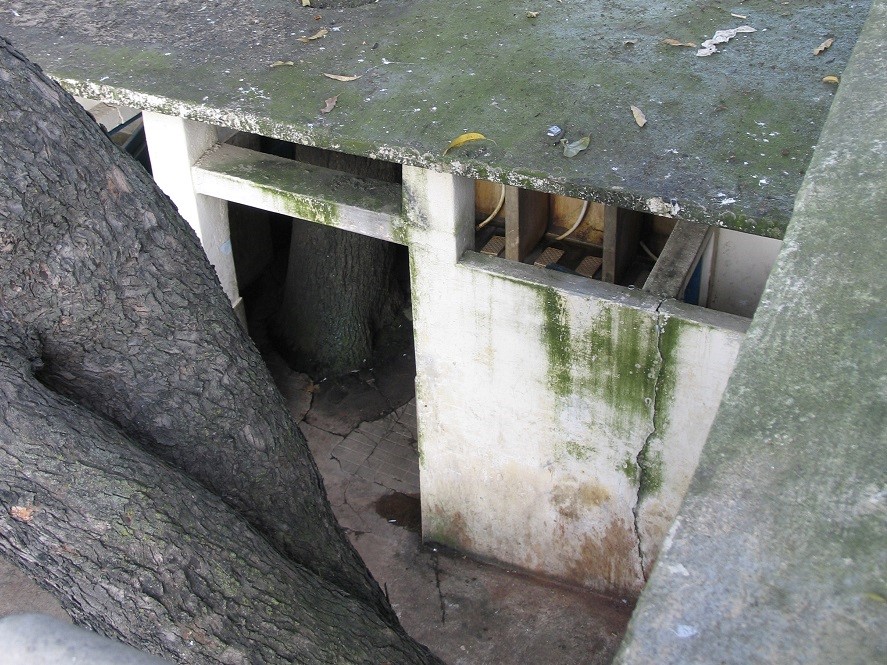
NEW DELHI – The Swachh Bharat Mission has been receiving kudos from media outlets for being “The world’s biggest toilet-building spree” in the UN-affiliated global effort to eliminate open defecation.
There is little debate over the progress that has been made in India. More than 80 million household toilets have been constructed since 2014 as the country seeks to make every household and every village Open Defecation Free (ODF).
As an aside, the $20 billion project has generated an 81% increase in sales of concrete building materials and nearly a 50% increase in bathroom and sanitaryware sales. Major companies like the Tata Group and Reckitt Benckiser will reap the major financial rewards from the development of an improved latrine system.
Indeed, the numbers are impressive, and the government is worthy of the kudos it has been receiving.
Nevertheless, the method for measuring progress can be misleading. This is not India’s fault. Rather it is how progress is measured – largely by counting toilets constructed.
Toilets are not like Field of Dreams, the movie in which the most notable line was “If you build it, they will come.”
In fact, a recent study conducted by Accountability India found that usage of installed household toilets was not parallel to the number of toilets being built. The first question of the survey to residents with household toilets was whether they had used the toilet for defecation that day. An astounding 38% frankly admitted that they had defecated in the open.
Fewer than half of individuals with access to a household toilet reported using them on a regular basis. Just as startling, the study indicated that the percentage of households with at least one member who openly defecated had actually risen from 26% in 2015 to 36% in 2017. This is an indicator that the construction of household toilets alone cannot be used as a reliable measurement of success in eliminating open defecation.
Counting toilets is evidence of necessary goal-supporting objectives being reached, but it is not a reliable method of declaring a home or a village as ODF.
As MBN has suggested in the past, the Accountability India study agreed that major paradigm shifts must be pursued in order to reach the objective goal of bringing the entire country to a valid declaration of being ODF.
Recommendations of the study include
- Enlisting local gram panchayats to play a central role in planning and implementation. That means public health training both prior and subsequent to installation.
- Focusing on sustainable use and maintenance. Failure to do so will result in unsanitary facilities that no one will want to use. This includes connecting toilet facilities to systems that remove the feces to local treatment facilities.
- Public hygiene education must be integrated into the project. “Almost none of the households mentioned hygiene as a reason for toilet construction or usage.”
- Implementing an ongoing follow-up system to ensure the usage and sanitary maintenance of private and public facilities and the effectiveness of public health training post declaration of being ODF.
Becoming ODF is a monumental challenge. Success is not measured in counting toilets. Rather, it can only be measured in the acceptance and usage of functional facilities. Proven sustained usage of sanitary toilets is the outward evidence of the internal change necessary to achieve the much-desired goal.
To read more on this serious problem of open defecation, go here.
Sources:
- Swachh Bharat Mission, ODF Villages across India
- Accountability India, Unpacking the Processes of Achieving Open Defecation Free Status
- Bloomberg, World’s Biggest Toilet-Building Spree Under Way in India
- India Spend, Toilet Owners Defecate In Open In Villages Declared Open-Defecation Free: Rajasthan Study
- The Print, In mad race for targets, Modi’s Swachh Bharat could fumble the same way UPA plans did
- The Wire, India Made Rapid Progress in Increasing Access to Sanitation in Schools: UN Report
Image Source:
- By Paul Keller (originally posted to Flickr as toilet tree) [CC BY 2.0], via Wikimedia Commons
For more information about this, click here.




